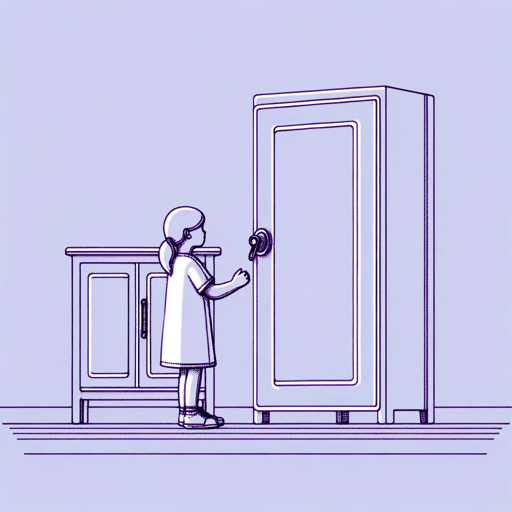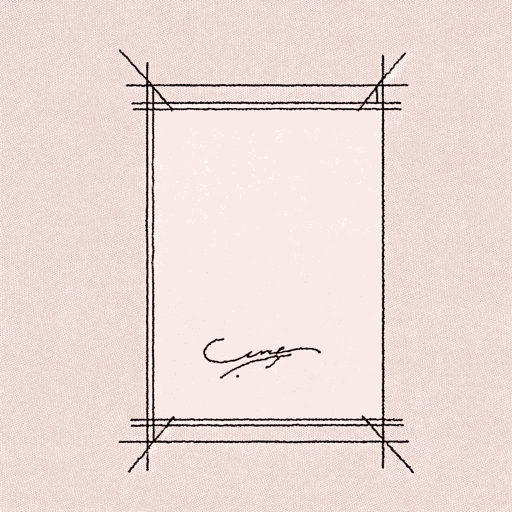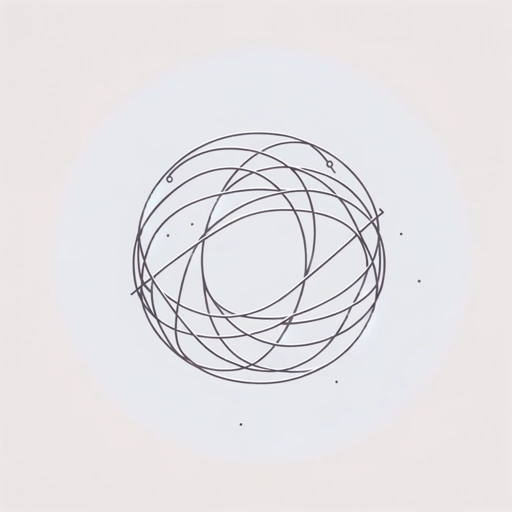51 pages • 1 hour read
Sherry TurkleThe Empathy Diaries: A Memoir
Nonfiction | Autobiography / Memoir | Adult | Published in 2021A modern alternative to SparkNotes and CliffsNotes, SuperSummary offers high-quality Study Guides with detailed chapter summaries and analysis of major themes, characters, and more.
Summary and Study Guide
Overview
The Empathy Diaries (2021) is a memoir by American sociologist and psychologist Sherry Turkle. It examines the connection between her academic career and personal journey. Though her previous books have been academic, Turkle turns to memoir to unpack her family’s secret history. She stands “for the idea that thought and feeling are one” (332), sharing her private self as it relates to her ideas about technology and emotions. Turkle unpacks her biological father’s unsanctioned experiments on her as a child and her mother’s silencing of her to hide the truth. She examines her development of empathy and her belief that it is a distinctive human quality vulnerable to unfeeling artificial intelligence.
Some of Turkle’s other works include Life on the Screen: Identity in the Age of the Internet (1995), Alone Together: Why We Expect More From Technology and Less From Each Other (2012), and Reclaiming Conversation: The Power of Talk in a Digital Age (2015).
This guide refers to the 2022 Penguin Publishing Group Kindle edition.
Summary
In Part 1, Turkle recalls the influences of her youth as a young Jewish girl growing up in a three-generational apartment in postwar Brooklyn as well as her family’s summer residence at Rockaway Beach in Queens. She lives with her mother, grandparents, and Aunt Mildred. They are fiercely democratic and private people, and their insularity is increased by their experiences of antisemitism and generations of loss. As an intelligent and sensitive child, Turkle is keenly aware of her family’s fear of strangers and her mother’s secretive nature. She learns to anticipate subjects of conversation to avoid and what lies to tell to protect her family’s image.
Her mother’s major secret shame is her first brief marriage to Charlie Zimmerman. She discovers him performing cruel experiments of deprivation on Turkle as a baby, where he purposefully withholds attention. To protect Turkle, Turkle’s mother leaves Charlie and remarries Milton Turkle, introducing him as Turkle’s biological father to their friends and family. Eventually, Milton adopts Turkle, and he and Turkle’s mother seek to legally sever Zimmerman’s visitation rights, without success.
Turkle’s family refuses to speak her father’s name or discuss what happened. Turkle grows up trying to fill in the blanks of her father’s identity, searching through piecemeal photographs and documents in a locked cupboard in her grandparents’ apartment for clues. It isn’t until she is 27, and after her mother’s death, that she finally meets Charlie for the first time and uncovers the truth, which is the opening scene of the memoir.
The memoir tells two parallel stories. The first is of Turkle’s discovery of her father’s identity and her mother’s true history. The second is of Turkle’s journey from an academic hopeful to tenured professor and international authority on the social repercussions of people’s relationship with technology. Turkle recounts how she turns her experience as a perpetual “outsider,” familiar with observing others from a distance, into a career as a psychoanalyst who objectively studies people’s inner lives. After Turkle’s mother’s death from cancer, Turkle becomes more empathic as she stretches herself through academically rigorous reflection to better understand the complexities of their relationship.
In Part 2, Turkle delineates the development of reflecting on her thought process through her dissertation and early grad career. She introduces key concepts and intellectuals that shaped her thinking about the events of the May revolt in France in 1968, which was the subject of her PhD thesis. Turkle links them to personal events and relationships. She studies the ideas of theorists who help her to understand how she is carrying her mother’s loss like an object inside her and its impact on her psychological development. As she grieves, she discovers theories that help her understand her mother’s vulnerability to painful truths and how the secret of her father’s name impacts her own insecurities. As she travels through Europe and conducts interviews, Turkle constructs her French-speaking identity as a bolder, braver version of herself that she can carry forward in her career.
In Part 3, Turkle discusses her marriage to Seymour Papert, a prominent mathematician and expert in AI learning, and delineates the transition and application of her work in psychoanalysis to the study of computers and technology. At the Massachusetts Institute of Technology (MIT), Turkle begins an academic partnership with Papert to study the emotional impacts of children learning to program robots. Turkle enters a new phase of her reflection on thought, focusing on how computers can inspire thoughts about morality and identity and help articulate the process of learning itself. Turkle is stimulated by academic rigor and its research opportunities. At the same time, she experiences personal challenges with engineering culture and in her own marriage, which become vital to her ideas about technology and human feeling.
Papert is a brilliant scientist but a neglectful, impulsive, and disloyal partner. Turkle observes his professional relationship and friendship with his lab partner, Marvin Minsky, and realizes that they esteem brilliant ideas and thinking more highly than human connection. The challenge of complex human relationships is devalued and replaced with the pursuit of friction-less and efficient machinery. The narrative crystallizes these revelations in the dramatic moment of Turkle’s visit with her father Charlie, whose eccentric ideas and intellectual passions trump human empathy. This visit occurs at the height of Turkle’s marital tension and is followed swiftly with her discovery of Papert’s most recent infidelity and their subsequent separation.
In the Epilogue, Turkle extrapolates the lessons she has learned from reflecting on her personal and professional histories. Her discovery of her father’s objectification of her allowed her to feel greater empathy for her mother’s secrecy; she realizes that her mother lied to protect her. Turkle speaks about her own experience of becoming a mother to her daughter, Rebecca, the child of her second marriage, noting her desire to raise an empathic child in a world of screens. She compares the contemporary culture of technology to her father’s objectification of her: “The way we live now is an experiment in which we are the human subjects—treated as objects by the technology we have created” (341). She criticizes the use of discourse that portrays machines as emotionally intelligent or “interpersonal.” She calls for a reclamation of the human bodily experience and complex emotions that cannot—and should not—be replicated by machines.
Related Titles
By Sherry Turkle



